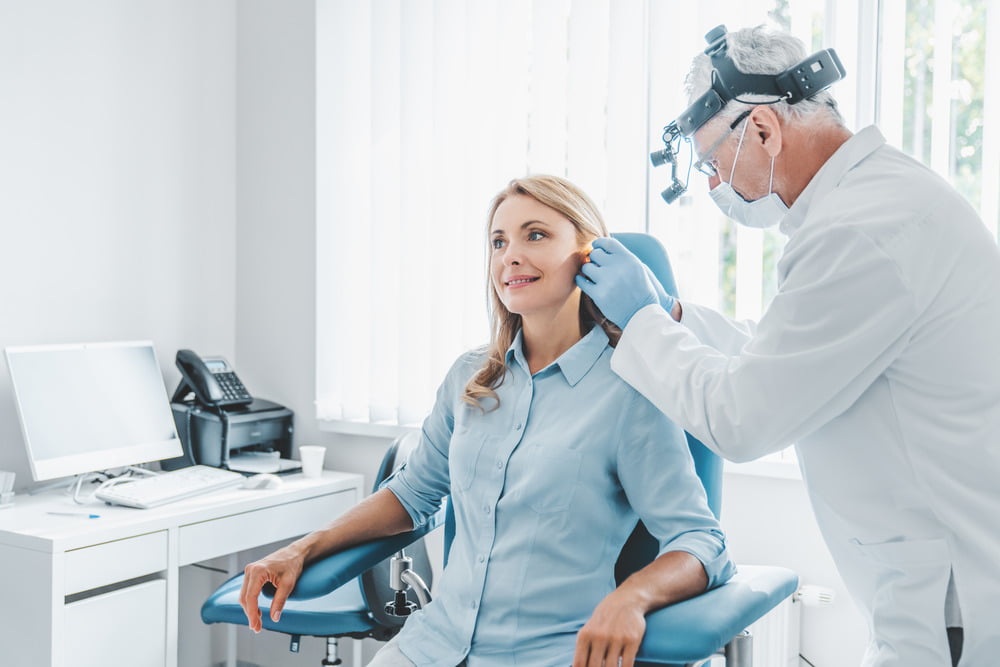In the field of healthcare, accurate diagnosis is the cornerstone of effective treatment. When it comes to assessing ear conditions, aural diagnostics play a crucial role in identifying and understanding various auditory disorders. One invaluable tool in this process is tympanometry, a non-invasive procedure that provides valuable insights into the functioning of the middle ear. In this blog post, we will explore the best practices for aural diagnostics and delve into the significance of tympanometry as a tool for diagnosing ear conditions.
Understanding Aural Diagnostics
Aural diagnostics encompass a range of techniques used by healthcare professionals to evaluate the auditory system. This comprehensive assessment enables the identification of ear-related pathologies, leading to appropriate treatment strategies. Effective aural diagnostics involve a combination of patient history, physical examination, and specialised tests.
Best Practices for Aural Diagnostics
- Patient History: Begin by gathering a comprehensive patient history, including information about symptoms, medical conditions, medications, and any relevant occupational or environmental exposures. This information will guide the diagnostic process and help identify potential risk factors.
- Otoscopy: Conduct a thorough visual examination of the ear using an otoscope. This enables the detection of external abnormalities, such as foreign bodies, infections, or structural anomalies.
- Pure-tone Audiometry: Perform pure-tone audiometry to assess the patient’s hearing abilities. This test measures the individual’s hearing thresholds at different frequencies, aiding in the identification of hearing loss and determining its type and severity.
- Tympanometry Procedure: Perform a tympanometry assessment on the patient and correlate the tympanogram patterns from the results, correlating them with the patient’s symptoms and other diagnostic findings.
- Additional Tests: Depending on the patient’s symptoms and test results, additional evaluations such as acoustic reflex testing, otoacoustic emissions, or speech audiometry may be necessary to further refine the diagnosis.
- Collaboration and Referral: Maintain open communication with colleagues and specialists to facilitate collaborative decision-making and referral when needed. A multidisciplinary approach ensures comprehensive care for the patient.

Advantages of Tympanometry
Tympanometry offers several advantages that make it an invaluable tool in diagnosing ear conditions:
- Non-invasive: Tympanometry is a painless and non-invasive procedure that requires minimal patient cooperation.
- Objective Measurements: The test provides objective measurements, reducing the reliance on subjective patient responses.
- Time Efficiency: Tympanometry is quick to perform, making it ideal for busy clinical settings.
- Diagnostic Insights: Tympanograms can reveal abnormalities in middle ear function, aiding in the identification of various conditions.
- Treatment Planning: Tympanometry results contribute to the development of effective treatment plans and monitoring of treatment outcomes.
How Meduc8ion Can Help
Among the various diagnostic tools available, tympanometry stands out as a valuable tool for assessing middle ear function and diagnosing ear conditions. By incorporating the best practices for aural diagnostics, healthcare professionals can enhance their diagnostic accuracy and provide optimal care for patients with auditory disorders.
At Meduc8ion, we understand the importance of staying updated with the latest advancements in aural diagnostics. We offer a comprehensive Tympanometry Course designed to equip ear care professionals with the knowledge and skills necessary to perform tympanometry effectively and interpret the results accurately.
By participating in our Tympanometry Course, you will:
- Gain a deep understanding of the principles and techniques involved in tympanometry.
- Learn how to conduct the procedure confidently and comfortably for your patients.
- Interpret tympanograms effectively, correlating them with symptoms and other diagnostic findings.
- Stay updated with the latest advancements in the field of aural diagnostics.
- Enhance your diagnostic abilities and provide the highest standard of care for your patients.
Don’t miss out on this opportunity to expand your expertise in aural diagnostics and advance your career in ear care. Book your place onto our Tympanometry Course today by visiting our website or contacting our friendly team. Together, let’s strive for excellence in diagnosing and managing ear conditions.








